Kama-Asa: Handling Cooking Utensils in Kappabashi for Over 100 Years

Kama-Asa, located along the Tokyo Kappabashi Street in Asakusa, has a history spanning over a century. The store handles more than 1,000 cooking tools, including iron pans and kitchen knives. Read on to learn about their business and recommended products.
Sensible Kitchen Tools
There are various stores handling cooking utensils, tableware, and food samples at the Kappabashi Dougu Street in Tokyo. Kama-Asa, with its stylish noren (store curtain), is a popular destination for both chefs and tourists.

Their motto is that fine tools are sensible.
The store has been operating for 113 years. The staff has inherited the spirit of the founders by delivering fine tools to their customers.
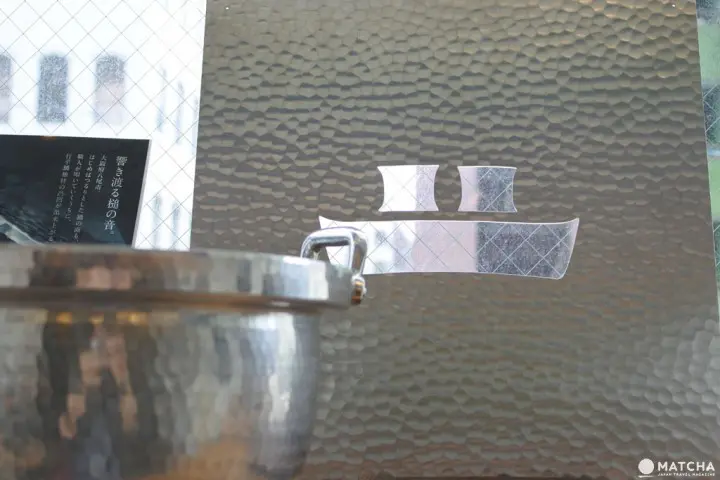
Hammered aluminum dantsuki pot made by Himeno/Size: from 19 to 28 centimeters/Price: from 16,093 to 25,740 yen (after tax). A separate lid is also available.
There are more than one thousand items in the store. Although the items may look simple, they are all made sturdily.
Nambu Asa-nabe Pan: A Popular Product
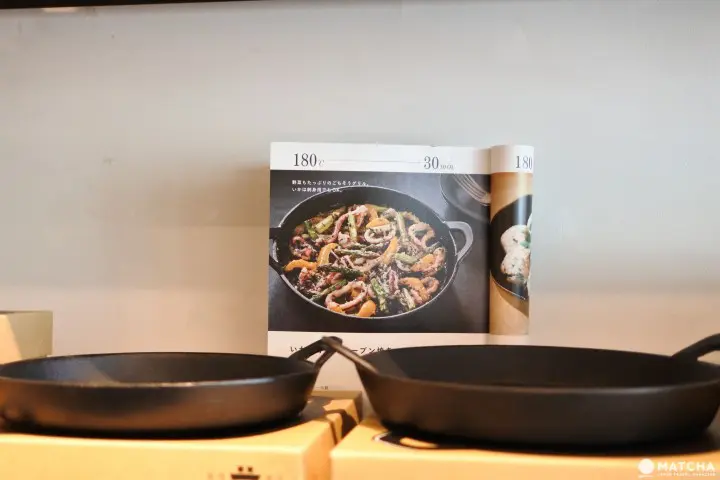
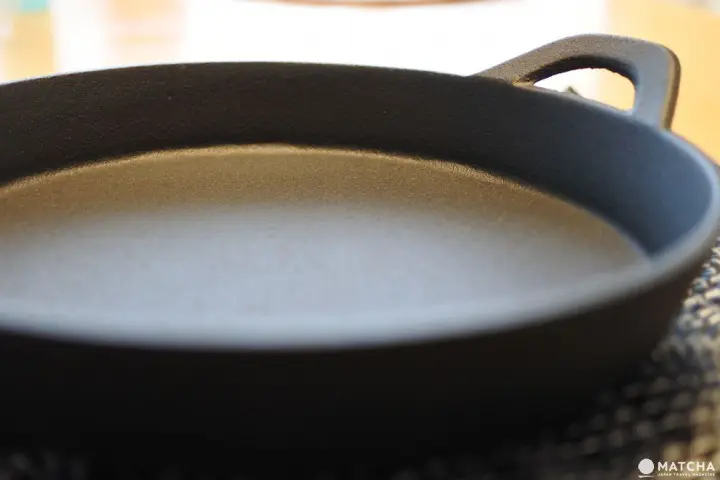
Nambu Asa-nabe, 20 centimeters, 7,040 yen after tax
The nambu cast ironware asa-nabe (pan) is a popular product. Nambu ware is a traditional craft of Japanese ironware made in Iwate, which is located in the Tohoku Region.
It can be used for multiple cooking styles, such as a frying pan, a plate for a steak, or even as a pan for sukiyaki. Nambu ware is recommended for those using ironware for the first time.
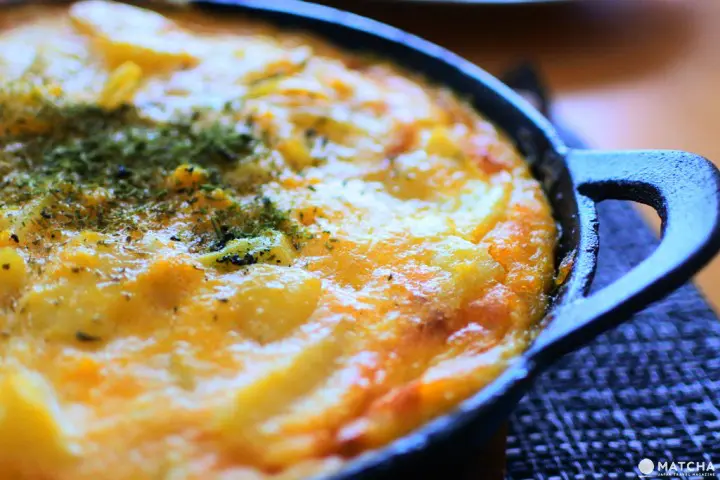
With a high thermal conductivity, this asa-nabe is perfect for cooking an omelet or hamburg steak. It also keeps food warm.
The writer made a Spanish omelet with this pan simply by heating ingredients in an oven. It was effortless and hassle-free! The omelet did not burn one bit.
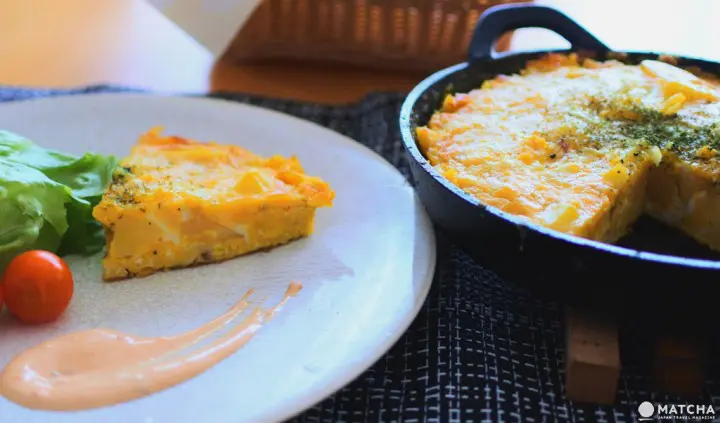
Those using iron pans for the first time should season the pan by applying cooking oil and heating it beforehand.
Food cooked in brand new iron pans with no coating tend to burn easily. The coating will protect the ingredients from sticking to the pan.
When cleaning, do not use dish soap. To ensure the product's longevity, clean it with a tawashi (scrubbing brush), rinse with hot water, and dry the pan by heating it.
Kama-Asa's Hammered Iron Frying Pan

The price differs according to the size.
The Kama-Asa iron frying pan by Yamada Kogyosho, a firm that makes cooking tools for professionals, is another popular item. It is made by hammering a cut-out iron plate until the shape is perfect.
The pan is deep enough so that frying oil won't splatter out on counters. The rough surface created by the hammering process will be nicely coated by the oil over the years.

Prices: from 3,168 yen (after tax) and up
The Beijing wok, also made with the hammering process, is able to withstand commercial-use kitchen equipment and can be used for a long time.
Kama-Asa's Kitchen Knives

Single-edged knives
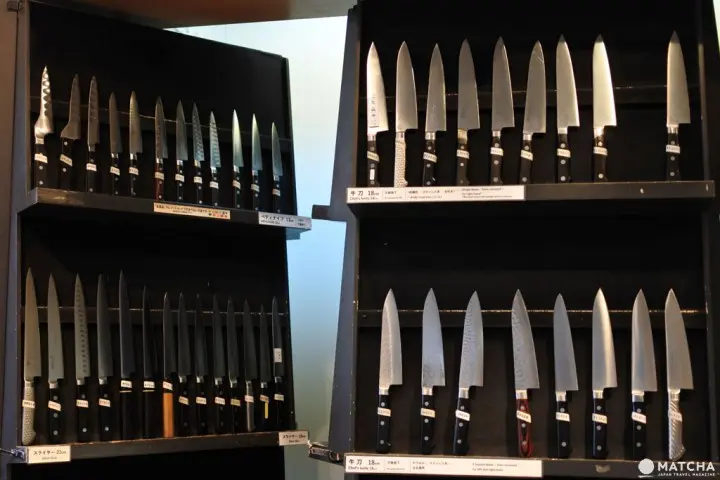
Double-edged knives
Most kitchen knives either come with the signature of where it was made, the name of the artisan, or the store that sells them. At Kama-Asa, all knives are non-branded items, without any signatures.
Many artisans are involved in the process of making a knife. To show respect to the artisans and their various places of origin, Kama-Asa chose not to re-brand the knives.
The non-branded items boast a wide variety of types, from Japanese to Western-styles. They hail from all over Japan, such as Sakai City (Osaka), famous for producing Japanese-style knives, Seki City (Gifu), which boasts the top production of domestic knives, and Niigata Prefecture, known for its stainless steel products.
Kitchen Knives for Beginners
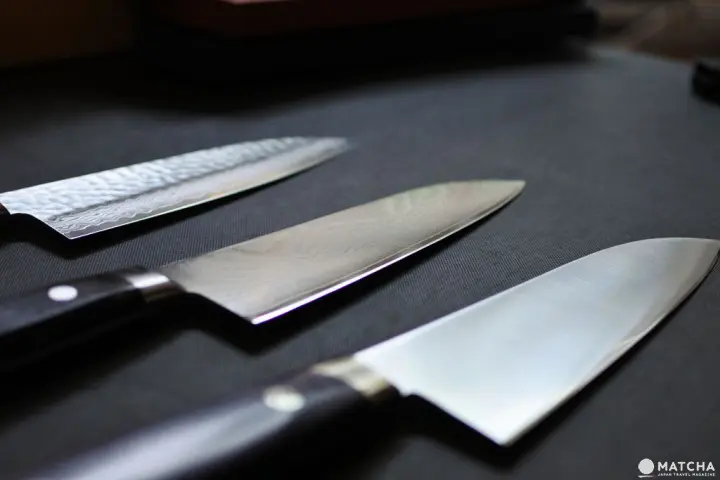
Those who have just started cooking should try the Western-style knives, suited to slice various materials, rather than the Japanese-style knives, which are more suitable for slicing fish.
In the photograph below, the knives on the left and center are made for right-handed users. The knife on the right can be used by both right- and left-handed users.
Damascus knives are made with multiple layers of varying types of steel. It has an abundance of surface patterns is said to be sharper.

From left to right: V1 Santoku for right-handed user (10,472 yen after tax)/V10 33-layered Damascus Santoku for right-handed user/Black handle and hammer-patterned V10 Damascus Santoku for both right- and left-handed user (11,880 yen after tax)
The table at Kama-Asa is covered with rubber, so customers can line the knives up and test the grips of each one.
Handy and Beautiful Items
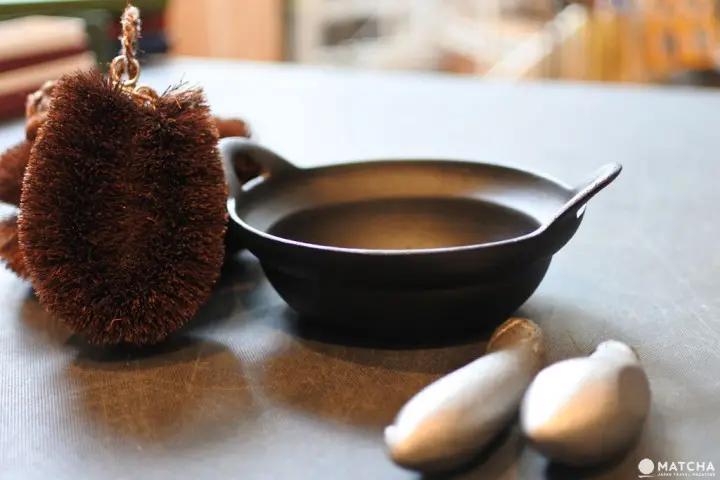
Kama-Asa handles various items that can only be purchased at this store.
Shuro Tawashi

The top recommended item is the tawashi (scrubbing brush) made by Takada Kozo Shoten. The Shuro Tawashi uses soft shuro (hemp palm) instead of coconut fiber, and is gentle to the touch.
It is small and easy to handle, so many people are starting to use them at home. This tawashi can be used on hot pans, cleansed with hot water, and thrown into a dishwasher as well.
Nambu Yosenabe Pot

9-centimeter Nambu Yosenabe (This size cannot be used on an induction heating stove)/Price: 1,815 yen (after tax)/Size Variation: From 9- to 30-centimeter/Prices: 1,815 to 8,800 yen (after tax)
A small-sized Nambu yosenabe can be used as a pot for one person. You can also use it to make various sauces. It would look great with cheese dip or sauteed garlic in it.
Tetsu-nasu
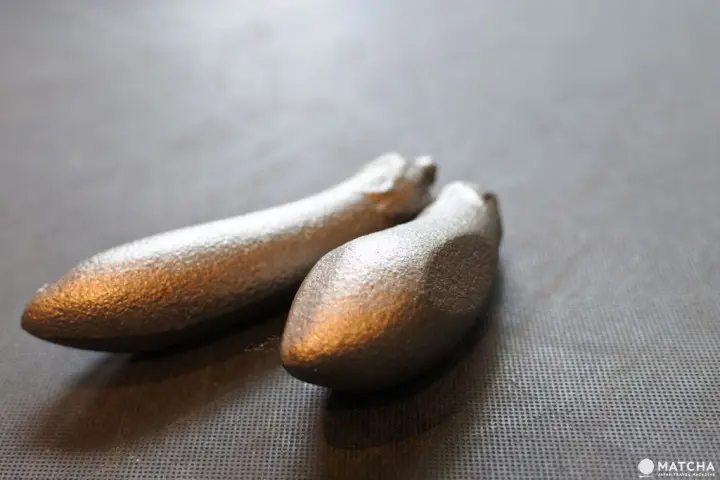
Tetsu-nasu
The tetsu-nasu (eggplant-shaped object) can be used to replenish the daily supply of iron. Just throw it in with ingredients, and the heat will draw out the iron.
It can also be used to clean out sand from clams or add color to boiled beans.
Opening an Overseas Store in France
Kama-Asa has supported its customers with cooking tools for over a hundred years.
To promote their products, the firm opened its first overseas store in 2018 in Paris, a city renowned for its fine food. This marked the start of a new era of sharing Japanese cookware with the world.
Hotels near Kamasa Store
Read also
In cooperation with Kama-Asa



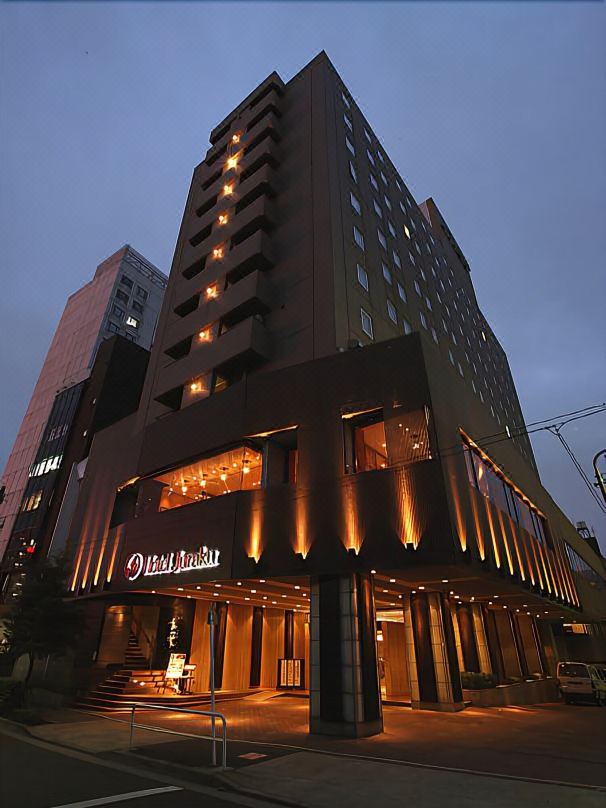

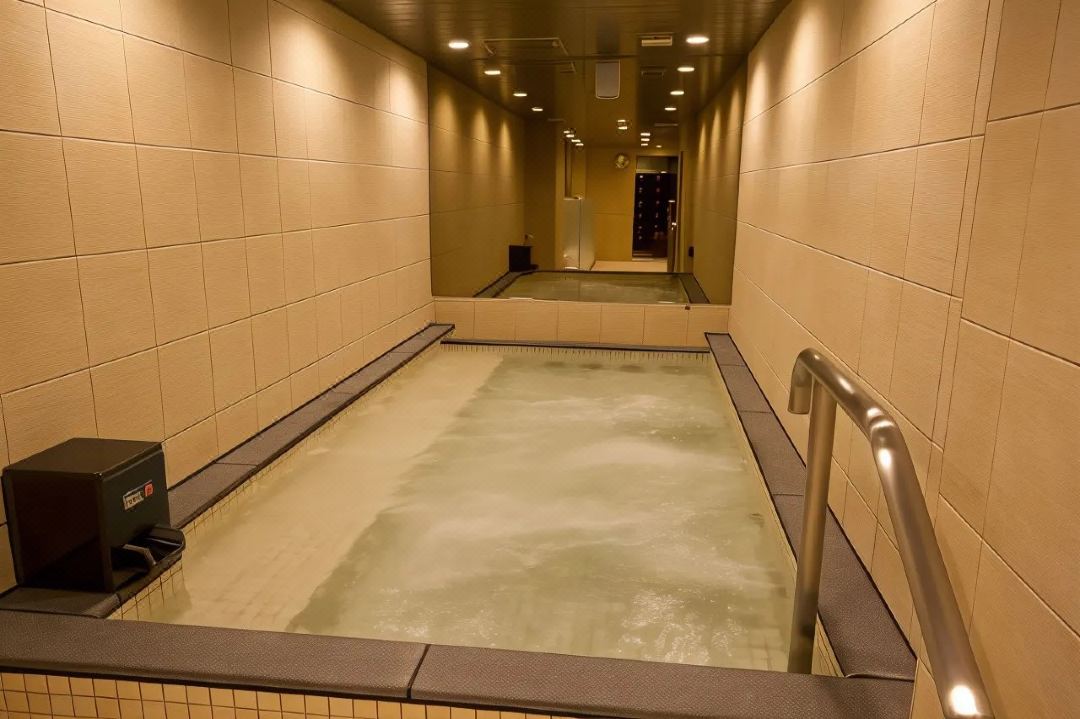
































![[JR KYUSHU HOTEL Blossom Oita] A hotel directly connected to Oita Station - A comprehensive guide to access!](https://resources.matcha-jp.com/resize/720x2000/2025/10/23-247814.webp)
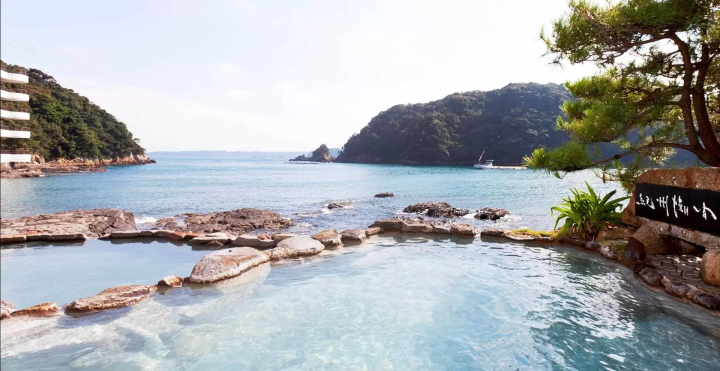
![Deep dive into Japanese brands! A tour of famous leather shoe stores with GENSEI & Nin [Harta Edition]](https://resources.matcha-jp.com/resize/720x2000/2025/12/18-253277.webp)
